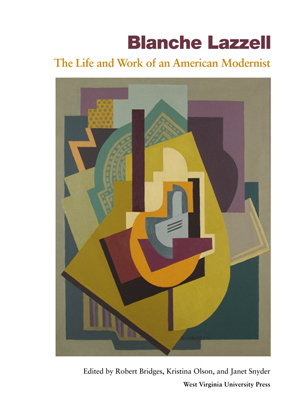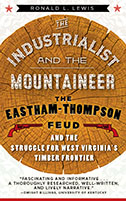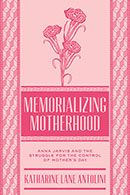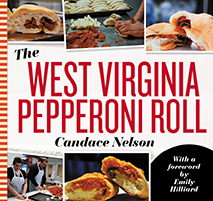Summary
Blanche Lazzell went from Maidsville, West Virginia to the leading edge of twentieth-century American art. A member of the prominent art communities of Paris and Provincetown, Massachusetts during the '20s and '30s, Lazzell was always on the fringe of important developments in the modern art world. Her studies in Paris led her to adopt the techniques of modernism as well as other emerging styles. Among her groundbreaking works were some of the first examples of abstraction in America. Blanche Lazzell: The Life and Work of an American Modernist is a significant contribution to the history of twentieth-century American art.
Know primarily as a Provincetown printmaker, Lazzell’s full life and career are presented here, generously accompanied by color reproductions of her work, showing the breadth of her accomplishment in painting, printmaking, and hooked rugs. Lazzell's true contribution to American art history was never fully appreciated during her lifetime. A renewed interest in the artist has developed over past decades, due mostly to the critical appreciation of her color wood block prints. She is worth remembering not only for her own work, but also for her role as a translator of the achievements of the European modernists for her colleagues in America. In Blanche Lazzell: The Life and Work of an American Modernist, nine essays and hundreds of full-color illustrations bring this incredibly talented and influential artist's work to life.
Contents
- List of Figures
- List of Plates
- Acknowledgements
- Foreword
Robert Bridges - Chapter 1: Blanche Lazzell Biography
Susan M. Doll - Chapter 2: Art Studies in America at the Begining of the Twentieth Century
Bernard Schultz and Kari Graham Reckart - Chapter 3: The Decorative Work
Lynn Proden - Chapter 4: A Modernist's GRand Tour
Michael Slaven - Chapter 5: Studies in France, 1912—13
Mary Louise Soldo Schultz - Chapter 6: The Provincetown Print
David Acton - Chapter 7: Studying with Albert Glezes in 1924
Peter Brooke - Chapter 8: The Federal Arts Projects, 1934—39
Marlene Park - Chapter 9: Walls and Windows: Drawings and Paintings
Jennifer Boggess - Plates
- Chonology
- Contributers
- Index
Author
Robert C. Bridges is curator of both the West Virginia University Art Collection and Mesaros Galleries, where he teaches curatorial studies. He has an M.F.A. in printmaking from West Virginia University. He is curator of Blanche Lazzell: The Work of an American Modernist (2004) and co-curator of Blanche Lazzell: The Hoffman Drawings (2004).
Kristina Olson is an assistant professor of art history at West Virginia University. She has an M.A. in contemporary art criticism and history from the State University of New York at Stony Brook. Her teaching and research are in the fields of modern and contemporary art and architecture. She curated Frozen Architecture (2003) and is co-curator of Blanche Lazzell: The Hoffman Drawings (2004).
Janet Snyder is associate professor of art history at West Virginia University. She holds an M.F.A. in design for theater from the University of Wisconsin-Madison, and M.A. and Ph.D. degrees in art history from Columbia University, where her fields were Gothic art and architecture and Native North American art. She co-edited Medieval Textiles and Dress: Object, Image, and Text (2003).
Reviews
"This book will be essential for studies of modernism, as well as for art libraries and serious collectors of American art."
Joann G. Moser, Senior Curator, Smithsonian American Art Museum and author Singular Impressions: The Monotype in America
"A fascinating, detailed story of an artist's life... perhaps the definitive account of [Blanche Lazzell's] life and the significance of her career."
Anne Price, The Sunday Advocate
"A tribute to a singular talent that is as distinctive and multi-faced as her work."
Dale Blaine, ForeWord Magazine
"With wonderful illustrations and a helpful chronology, this is an interesting, important book."
R. M. Labuz, Choice Magazine
"Magnificent."
George Brosi, Appalachian Heritage
"A beautiful book."
R.K. Dickson, The Bloomsbury Review
"This monograph should serve as a wake-up call: there are a lot of excellent artists - particularly women artists - still being ignored, eclipsed by lesser, more colorful ones, in large part because they suffer the common fate of being discretely modest."
Mary Sherman, Journal of Appalachian Studies














